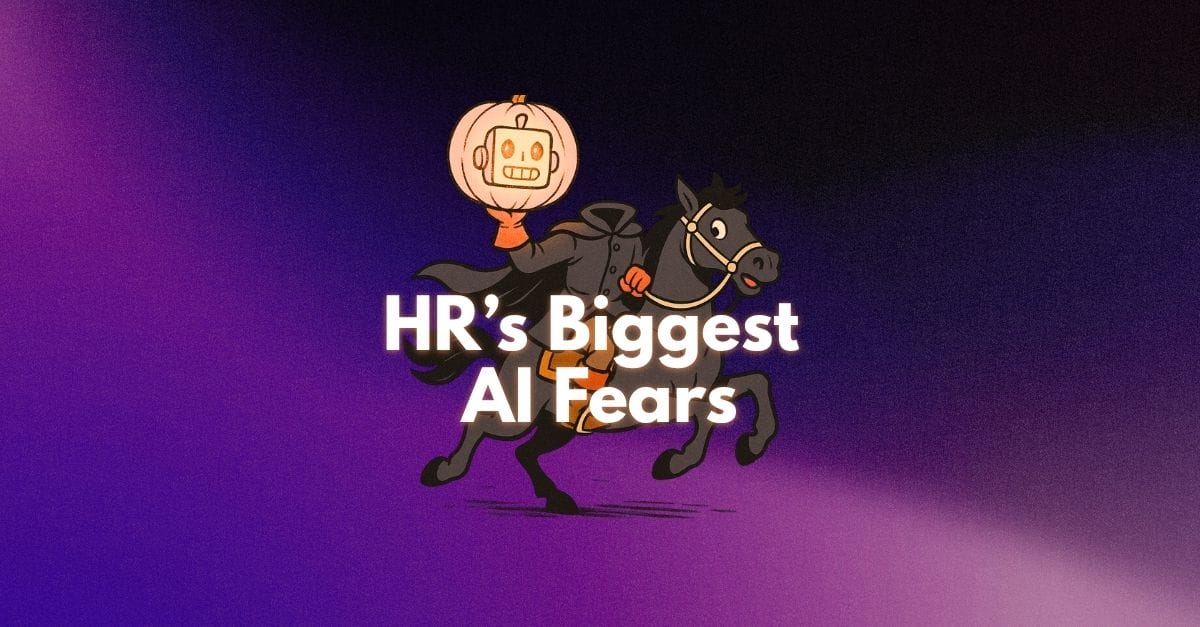The results are in. We posed a series of poll questions to the LinkedIn community, trying to take the pulse of end-of-year priorities and productivity, and the answers revealed a range of approaches.
Some employees use the end of the year to recharge, while others charge ahead. It’s important to set organizational guidelines that balance the needs of your people and your business. But if you’re curious how your company’s approach compares, check out the results of our EOY prompts.
We started by asking…
Taking that extra time off?
Company time-off policies often dictate what the individual employee can do, but generally, our respondents affirmed that self-care (or family time) is the priority as the year winds down.
Sixty-five percent of poll respondents said, “Yes, I’m prioritizing me,” when asked whether they planned to take extra time off this holiday season. It’s clear a majority of our audience subscribes to the notion that self-care is essential to preventing burnout and disengagement.
Key takeaway: If you’re already offering flexible or unlimited time off, that’s a great start. But regardless of policy, it’s important to stress to individuals that their health (physical, mental, and behavioral) is a priority, and that you want them to make space for themselves and their families at this time of year, especially.
Does the workload ease up?
Of course, you can’t confidently check out and enjoy time with friends or family if you’ve got a pile of work staring you in the face. Unfortunately, that’s too often the case for much of our audience.
Nearly 60% of our LinkedIn respondents said their workload actually increases at the end of the year, while only a quarter said it decreases. There’s a multitude of reasons why someone’s workload might shift—sales and customer service never sleep, as they say—but it’s incumbent upon the leaders and managers among us to recognize when the work piles up too high.
Key takeaway: If your employees are saying they want to take more time off, or use the end of the year to reset, make sure their workload can accommodate that desire. That’s not to say productivity comes to an outright halt, but we can better address business goals at the start of the year if our people feel taken care of when the current one winds down.
How do your people get down?
Not everyone needs (or wants) a party, but a significant number of respondents (22%) said their organization had no plans for end-of-year celebrations at all. The majority confirmed their company holds either a party (56%) or a team outing (21%), while a handful of respondents said they were doing something else—like community service.
There’s no right answer here. But for the 22% who said their company isn’t celebrating, we wonder aloud: Is that the way the people want it?
Key takeaway: It’s been a tumultuous year for a lot of businesses, no doubt. Recession fears have caused many to tighten budgets and limit excesses, such as team outings. But even for those who can’t afford it, we’d encourage engagement. Ask your people what they’d like to do, through surveys or forms, and even if you can’t act on those requests this year, take note of them, acknowledge them, and table them for potential implementation next year. Your people will probably appreciate it.
Resolving to do something new or sticking to the same?
New Year’s resolutions are often polarizing propositions. Some people see the turn of the calendar as a time to reset, re-evaluate, and re-commit to things they let slide or neglected in the past year. Others say January is a pretty arbitrary time to pick for self-reflection—that you can resolve to improve yourself or your business at any time, just as effectively.
We’re not here to judge—just to report the data, which says the majority (65%) of respondents do see the new year as a time to set new goals. That makes sense for businesses who operate with quarterly guideposts. It’s easier to track your progress year-over-year or quarter-over-quarter, and therefore, this is the time to assess that progress and adjust those goals.
Key takeaway: Remember not to conflate business goals with personal resolutions. There’s a sizable chunk (35%) of the professional population out there who believe personal change is just that (personal).
Talent optimization is all about aligning people and business strategy. So, set goals that motivate and resonate with your people, while propelling your organization forward. Just remember that different people behave differently, in the workplace and at home—and that applies year-round.








